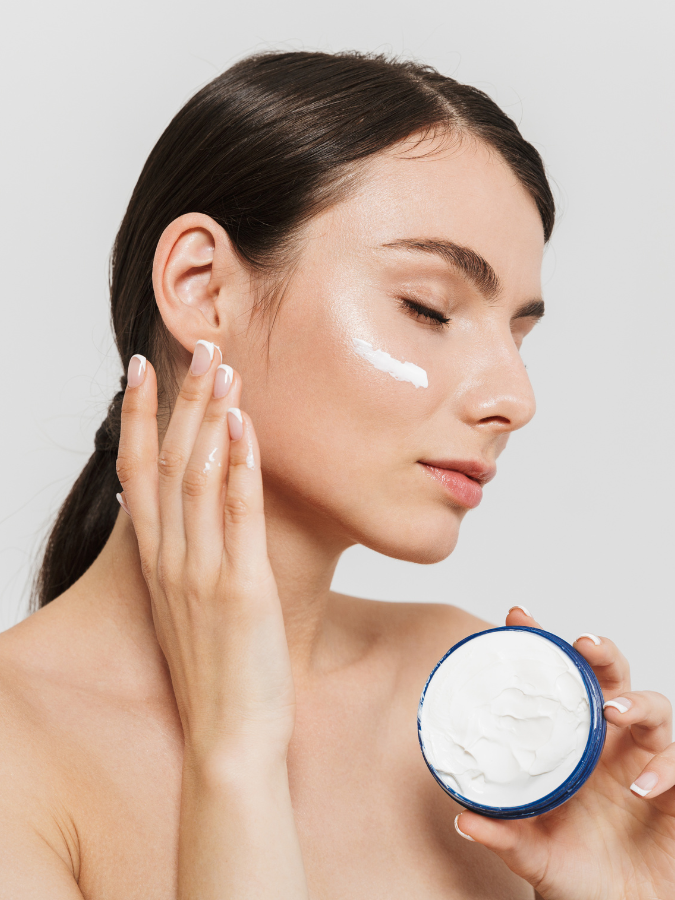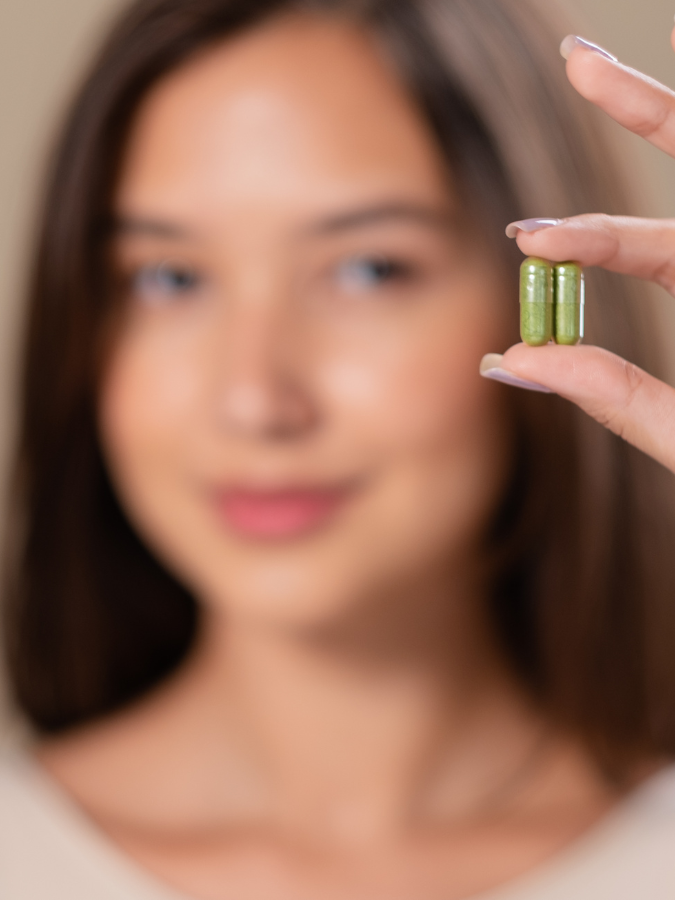What Happens When You Take Vitamin E Every Day? (Spoiler: It’s More Than Just Good Skin)
You probably bought that Vitamin E bottle because someone swore it made their skin glow. And they weren’t wrong. But something interesting tends to happen once you start taking it regularly. Your energy shifts a little. Your immune system doesn’t crash at the first sneeze in the room. Even your hair starts to behave. It’s not magic—it’s biology finally getting the support it’s been missing. Most people stop at the glow. This is for those who want to go further. Let’s talk about what really happens when Vitamin E becomes a daily habit. What Vitamin E actually is—and why your body needs it Vitamin E isn’t just something marketers slap on skincare bottles to make them sound fancier. It’s a fat-soluble antioxidant—one your body quietly depends on to keep things running smoothly in the background. At its core, Vitamin E protects your cells from the kind of damage you don’t feel right away but adds up over time. Every time you’re exposed to pollution, UV rays, stress, or even intense workouts, your body produces unstable molecules called free radicals. Left unchecked, those can start to chip away at your cells, speeding up aging, dulling your skin, and increasing your risk for chronic conditions. That’s where Vitamin E steps in. It neutralizes those free radicals and gives your cells a better shot at staying healthy. It’s like a bodyguard for your tissue—but one that works quietly behind the scenes. There are actually eight different forms of Vitamin E, but the one most commonly used in supplements and food is alpha-tocopherol. You’ll find it in things like almonds, sunflower seeds, spinach, and avocados. But getting enough through food alone? That’s not always easy—especially with low-fat diets, processed food habits, or certain digestive issues that affect absorption. That’s part of why daily supplementation makes such a difference for some people. It fills in the nutritional gaps most of us didn’t know we had. The visible effects: what you might notice first Skin tends to be the first to show signs of change—and not just in the mirror. If your skin’s been dry, flaky, or tired-looking, Vitamin E helps restore its ability to hold moisture. It supports the lipid barrier, which is what keeps your skin soft, strong, and less reactive. Over time, fine lines look softer, and redness from minor irritation starts to calm down. It’s subtle at first. Then one day, someone says you look well-rested—and you didn’t even sleep better. Hair gets in on the benefits too. A healthier scalp means stronger, shinier strands. Vitamin E improves circulation, which helps bring nutrients to the roots. That slow, frustrating thinning some people experience? It might not be reversed overnight, but the conditions for growth start to improve. Even your nails begin to respond. Less peeling. Less cracking. You stop noticing them—and that’s a good sign. These are the things most people expect. But the real magic is happening where you can’t see it. The internal gains you won’t see—but will feel It’s easy to get caught up in the glow. But Vitamin E does its most important work on the inside. Start with your immune system. This isn’t about dodging every cold. It’s about giving your body better tools to respond. Vitamin E supports the activity of white blood cells, helping them respond faster and more efficiently. People often report fewer sick days—not because they’re suddenly invincible, but because their defenses get sharper. There’s also the heart. Oxidative stress—the slow burn of cellular wear and tear—can lead to the buildup of plaque in arteries. Vitamin E helps reduce that stress. It keeps LDL cholesterol from oxidizing, which is one of the early steps in heart disease. It’s not a cure or a shortcut. But it’s a quiet layer of support your cardiovascular system can benefit from long term. Eyes and brain? Also in the conversation. Some studies suggest that Vitamin E may help slow down age-related vision decline and cognitive fatigue. The data isn’t sensational, but it’s promising—and for many, worth the small daily effort. Then there’s hormonal balance, especially for women. Some report relief from PMS symptoms, like cramps and breast tenderness, when supplementing consistently. The mechanism? Likely tied to Vitamin E’s anti-inflammatory role and how it interacts with hormone-producing glands. None of these shifts are dramatic. They’re subtle, often overlooked. But they add up. Can you take too much? What to know about dosing There’s a sweet spot with Vitamin E—and more isn’t always better. The recommended dietary allowance (RDA) for adults is about 15 mg per day, which you can get through food or a standard supplement. But it’s easy to go beyond that, especially if you’re taking multiple products with added E. Too much Vitamin E—especially in supplement form—can thin the blood and increase the risk of bleeding, particularly for people on anticoagulants. High doses have also been linked to an increased risk of hemorrhagic stroke in some studies. That’s why megadosing isn’t the answer, even if you’re chasing faster results. If you’re healthy, a moderate daily supplement is usually safe. But if you’re managing a condition or taking medications, it’s smart to check with your doctor. Not for scare tactics—just to be informed. More doesn’t equal more benefits. The body knows what to do with the right amount. It’s about consistency, not excess. Who benefits most from daily Vitamin E? Some people naturally get enough through food. Others need a little backup—and daily supplementation makes a real difference. If your skin runs dry year-round, or you struggle with inflammatory issues like eczema, Vitamin E might help calm the surface from the inside. It supports the skin’s barrier and can reduce irritation over time. Anyone with digestive conditions that affect fat absorption—like IBS, Crohn’s, or celiac disease—may have trouble absorbing enough Vitamin E through food alone. Since it’s fat-soluble, your body needs healthy fats to make proper use of it. Low-fat diets can unintentionally cut you short. Older adults are another group that often benefits. As we











